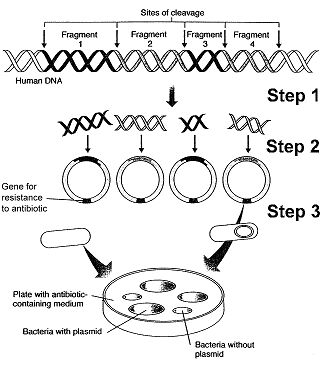Photorespiration occurs most on:
A) hot, dry days.
B) cold, dry days.
C) cloudy, rainy days.
D) hot, humid days.
E) cool, cloudy days.
Answer: A
You might also like to view...
Enzymes that break down DNA catalyze the hydrolysis of the covalent bonds that join nucleotides together. What would happen to DNA molecules treated with these enzymes?
A) The two strands of the double helix would separate. B) The phosphodiester linkages of the polynucleotide backbone would be broken. C) The purines would be separated from the deoxyribose sugars. D) The pyrimidines would be separated from the deoxyribose sugars. E) All bases would be separated from the deoxyribose sugars.
The rate at which evolution is occurring cannot be estimated by:
A. studying comparative anatomy. B. inferring that apes are related to humans. C. measuring the degree of difference in genetic coding. D. interpretation of the fossil record.
The name of the meristem that ultimately gives rise to secondary xylem and phloem is the
A. vascular cambium. B. cork cambium. C. intercalary meristems. D. ground meristem. E. primary meristem.
What process or enzyme was used for Step 1 in Figure 15-1?

a. PCR
b. a bacteriophage
c. a reverse transcriptase
d. a DNA ligase
e. a restriction enzyme